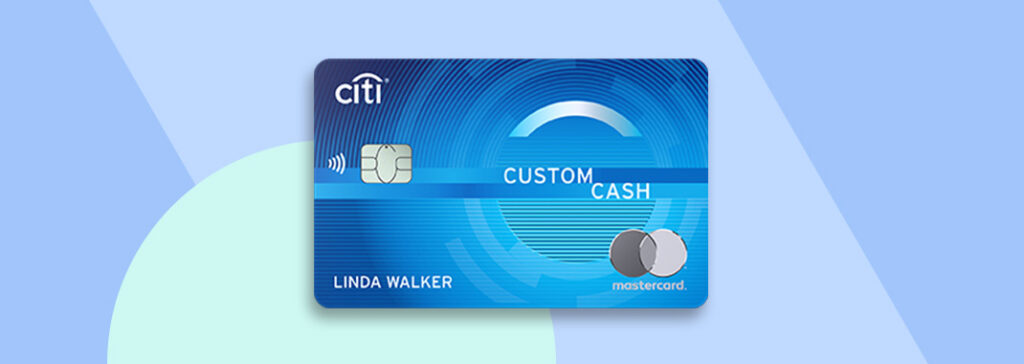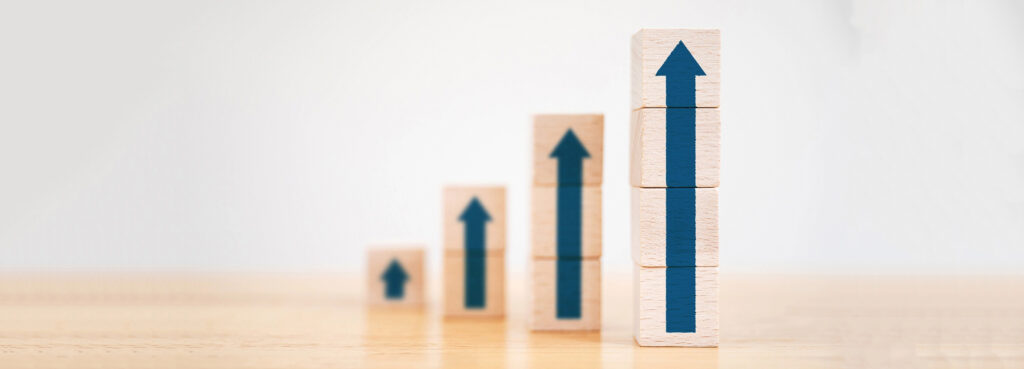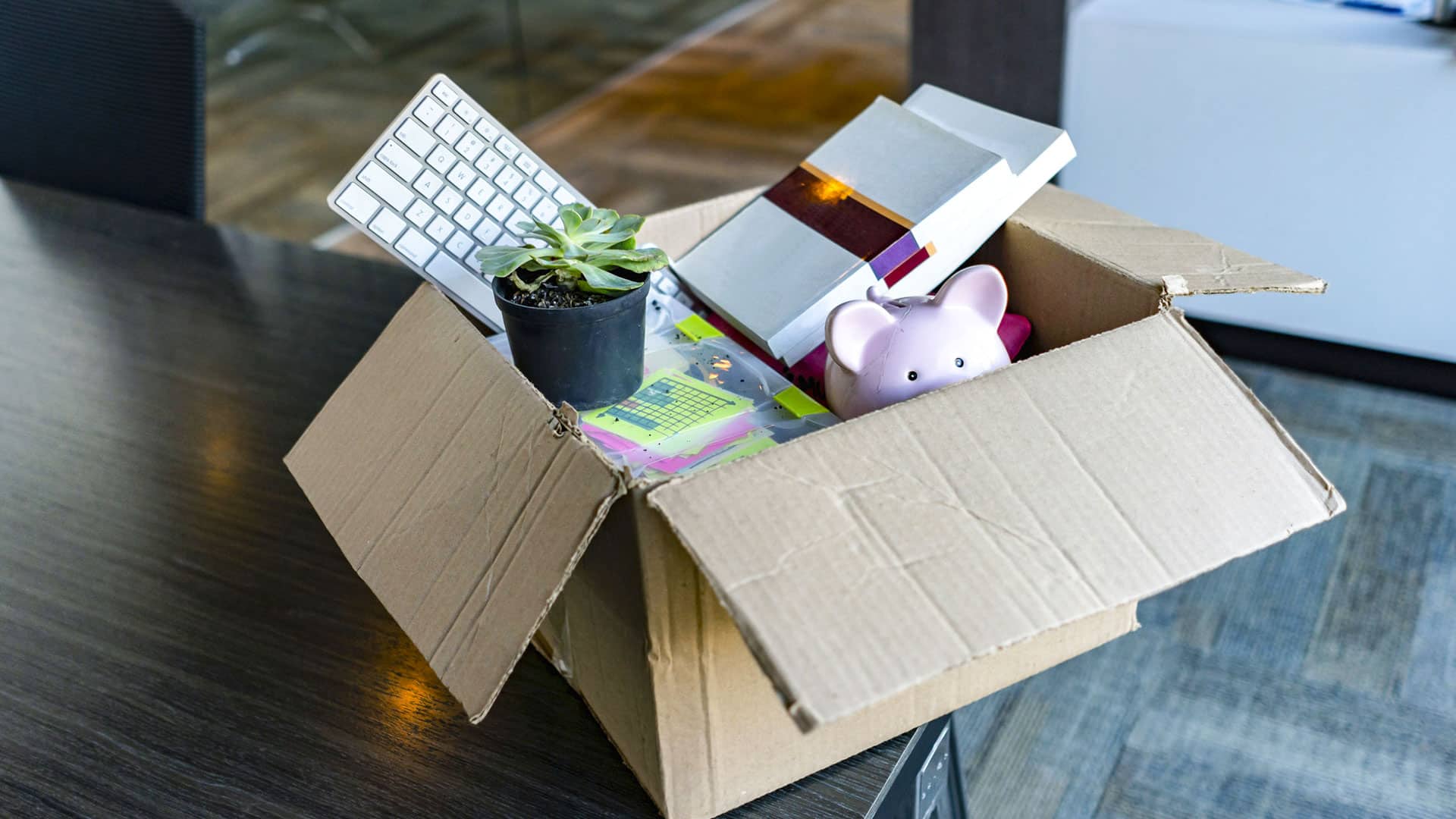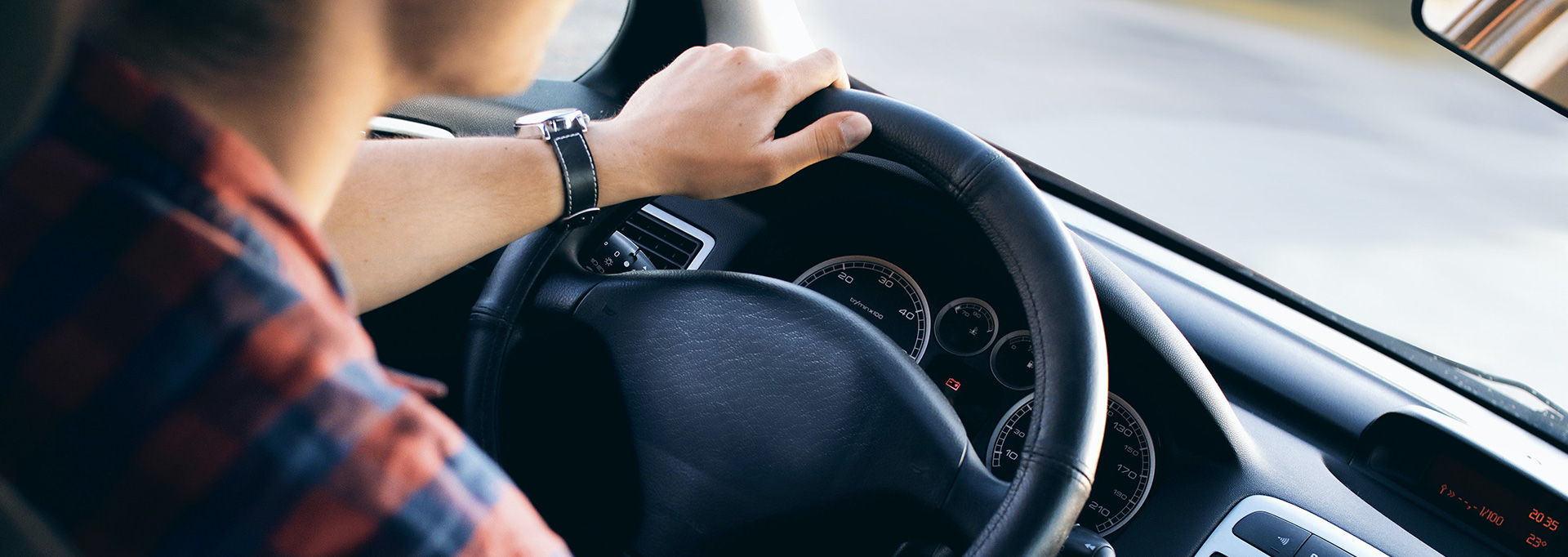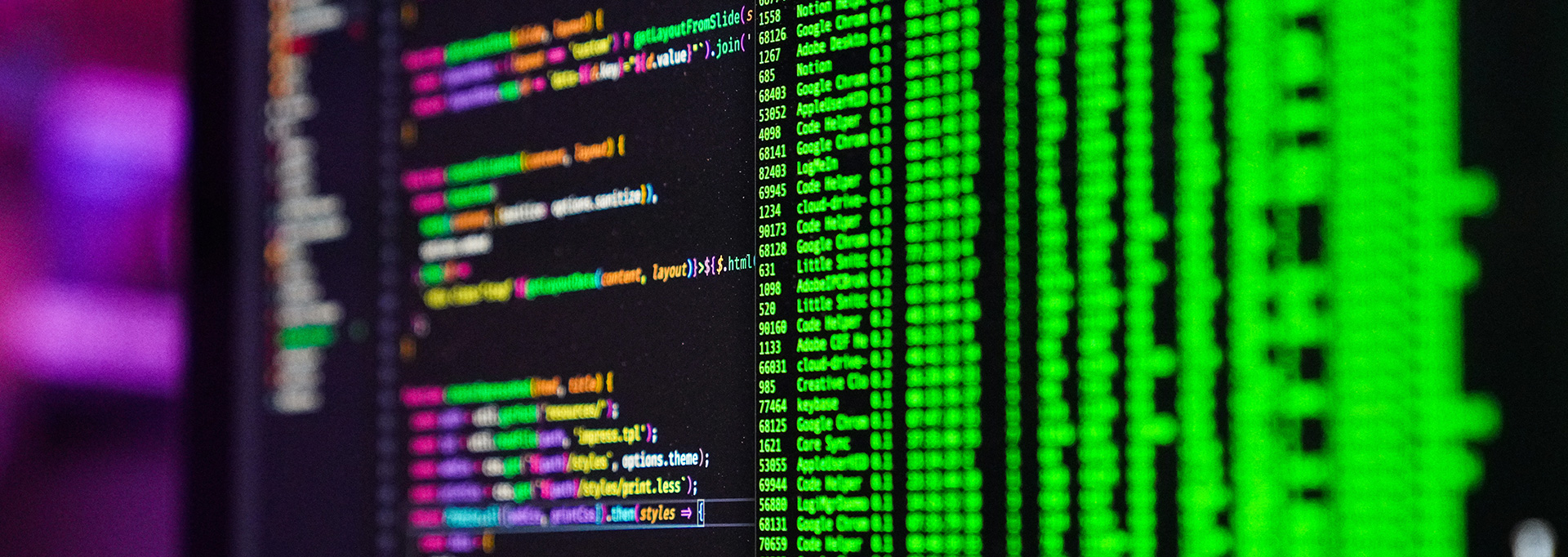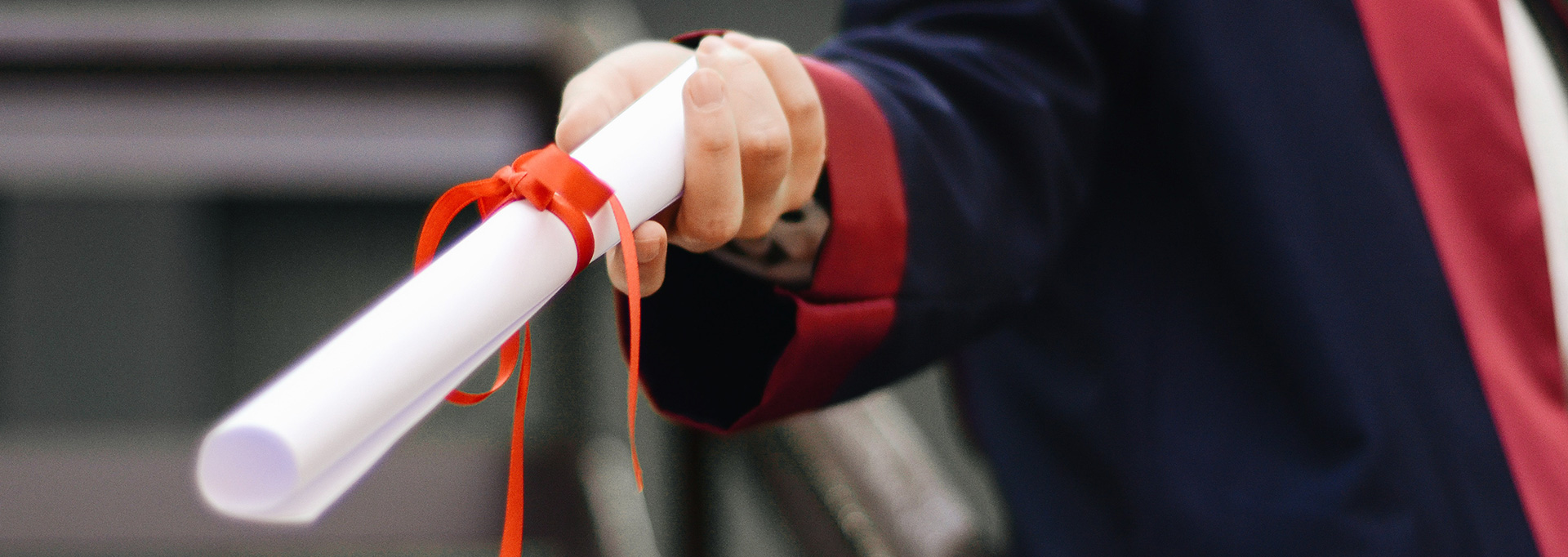Most products on this page are from partners who may compensate us. This may influence which products we write about and where and how they appear on the page. However, opinions expressed here are the author's alone, not those of any bank, credit card issuer, airline or hotel chain.
Personal loans can be a helpful resource for many people, especially during emergencies because they can provide quick access to cash and funding. Personal loans can be used to pay medical bills, cover home repairs and renovations, or consolidate credit card debt. While personal loans are typically unsecured and don't require collateral, some lenders may request them in some instances. Collateral guarantees the lender you’ll repay the loan; if you fail to make payments or default on a collateral loan, the lender may repossess the asset to cover their losses.
Learn more about when collateral is needed and what types of collateral is usually accepted in a personal loan.
What Is Collateral in a Personal Loan?

Collateral in a personal loan is simply an asset, such as a home, boat, or car, that a borrower offers to the lender as security for a loan. The inclusion of collateral makes the lender more comfortable extending a loan product because the collateral protects their financial stake in case a borrower defaults on the loan. If you fail to repay the loan in full, the lender can seize the collateral and use it to compensate for their financial loss.
Even though there is a risk of potentially losing a valuable asset, personal loans backed by collateral can offer lower annual percentage rates and potentially higher loan limits. Offering collateral may also improve a borrower's chances of qualifying for a loan.
Is Collateral Always Required in a Personal Loan?
Lenders mostly rely on your credit scores, credit report, income, and other factors to determine your creditworthiness. Borrowers with strong credit are usually not required to provide collateral to qualify for an unsecured personal loan. But defaulting on an unsecured personal loan may not result in property loss, but your credit score will certainly take a hit.
Borrowers with poor credit may be asked to provide collateral in order to qualify for a bad credit loan or for a larger loan amount. This is to reduce the risk of financial loss for lenders and serves as security on your ability to repay the loan.
Pros & Cons of a Collateral Loan
The advantages of using collateral:
- A lower interest rate than an unsecured loan since the risk to lender is lower
- A higher borrowing limit since lenders can recoup their funds
- Opportunity to build credit if you don’t have a credit history, as long as you make timely monthly payments of the minimum amount
Downsides of collateral:
- You could risk losing the collateral if you fail to repay the loan
- Can make the application process more complicated
- Not everyone will have a valuable asset to put up for collateral
Types of Collateral Used in a Personal Loan

A secured personal loan requires that you put up something of value or a monetary account. Here are a few examples of the types of collateral that can be used in a personal loan.
1. Home
Real estate is the biggest source of equity for many people. Even with a mortgage, there might still be available equity that you can tap to secure a loan. As such, you can use your home as collateral to take up a personal loan. The lender may approve the loan amount based on the equity you have in your home.
2. Savings Accounts
You may be able to use a savings account such as a certificate of deposit account to secure a personal loan. The downside of doing so is that you may not be able to access the cash in these accounts.
3. Vehicle
A vehicle such as a car or truck may be an acceptable form of collateral for most personal loan lenders if there is still equity in the vehicle. However, you do carry the risk of losing your vehicle to lender repossession if you can’t pay the loan in full.
4. Investment Accounts
You can use eligible stock or other investments as collateral for a secured personal loan. The main risk of using stocks to back a loan is that the lender can claim and keep your stock holdings if you default on payments. It’s important to note that the lender can limit how much stock you can leverage as collateral. Retirement accounts like 401(k)s and IRAs are not eligible to be used as collateral for secured loans.
5. Bonds
Bondholders can pledge eligible bonds as collateral for secured personal loans. Lenders can consider U.S. Treasury, municipal and corporate bonds, but some lenders may be reluctant to accept the latter as collateral. Treasury bonds are considered very safe because the full faith and credit of the federal government back them. Municipal bonds carry some risk but are safer than corporate bonds.
6. Life Insurance Policy
A life insurance policyholder can initiate a collateral assignment agreement and transfer the policy as collateral for a secured loan. If you default on the loan, the lender may claim the policy’s cash value to recoup their financial loss. The lender can also receive a portion of the death benefit if you pass away before repaying the loan in full.
7. Collectibles, Antiques & Jewelry
If you have assets in the form of valuable collectibles, antiques, and jewelry, it can be possible to use these items as collateral. As long as there is assessed value and the lender can use it to cover their potential losses, the item can likely be used to secure the loan.
8. Future Paychecks
You may even be able to offer future paychecks as collateral for a secured personal loan. The risk in doing so is that lenders may charge higher fees as a condition of loan approval and demand quick repayments. Your paychecks may also be garnished if you fail to make on-time payments.

The Best Personal Loans of April 2024
What Happens to Collateral When You Default?
If you don’t repay a secured personal loan, the lender may seize any assets or valuables and sell them as compensation. In practice, borrowers and lenders usually work together to prevent a secured loan from defaulting and triggering repossession. The lender may also be willing to give you time to catch up on late payments and avoid losing your collateral.
Key Takeaway
There are various types of collateral that can be used in a secured personal loan. Anything of value such as a home, vehicle, cash or investment account can be accepted. Collateral is not always necessary for personal loans, but there are advantages to consider.
While there is a risk of losing your asset or valuables, pledging collateral can strengthen your chances of getting approved for a lending product or receiving more favorable terms. This is particularly true for consumers with poor credit scores because collateral reduces financial risk for the lender.
FAQs
-
Secured personal loans require that you offer up something of value as collateral to reduce financial risk for the lender. Unsecured personal loans do not require collateral and there is less risk to the borrower in case of default.
-
The best collateral will depend on one’s individual circumstance. Collateral for a personal loan can include a car, home, savings account, insurance policy, future paychecks, fine art, or even fine jewelry. There are many options, and the lender stipulates a list of acceptable collateral.
-
An asset you pledge as collateral should be worth at least as much as the personal loan you want to borrow, plus interest. For instance, if you’re going to borrow $10,000, you may need collateral worth more than $10,000 to back the loan.
-
Yes, most lenders don’t require collateral to approve personal loans. However, you may consider using collateral when getting a personal loan if you don’t have a good credit score, have a lot of debt, or have trouble proving you have a steady income.
-
It is common for a borrower’s collateral to equal the loan amount, but some lenders may request that the collateral value be higher to mitigate their lending risk.
-
Secured personal loans that are backed by collateral will typically come with lower interest rates and higher borrowing limits because there is less risk to the lender. If the borrower defaults on the loan, the lender can liquidate the collateral asset to recoup the cost of the loan.
